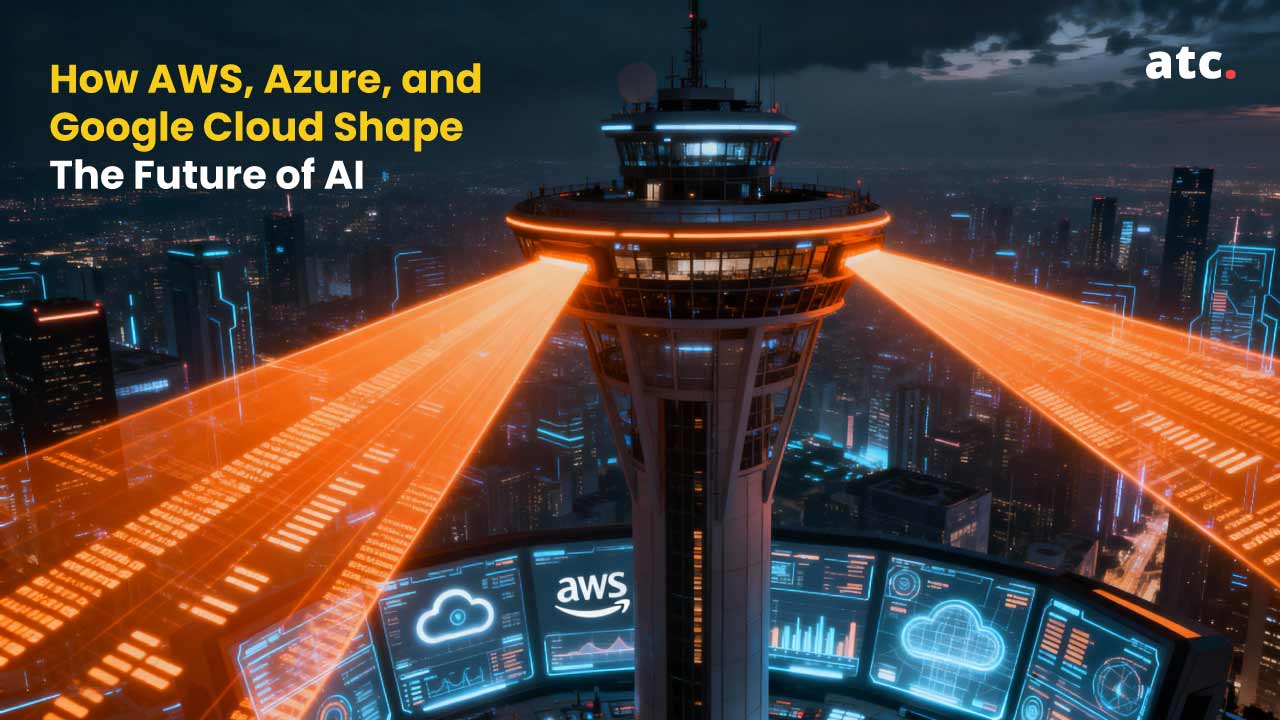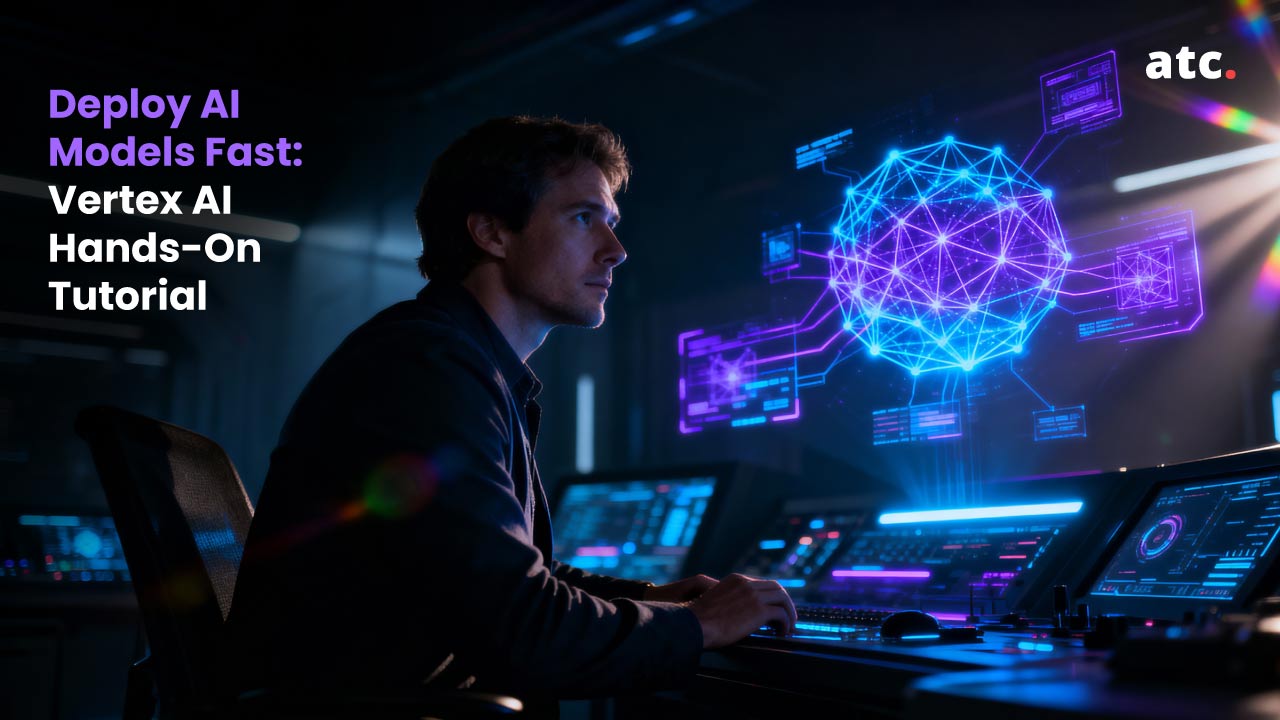Subscribe to the blog
While everyone was chasing the latest Transformer breakthrough, a funny thing occurred. We hit a bit of a plateau. About 89% of enterprises say they're speeding up AI adoption, and yet the top models are all clustering around that same approx 88-89% performance ceiling on traditional benchmarks. The architectural choices you make today, whether you go with Transformers, stick with tried-and-true CNNs, or find some clever hybrid approach, these decisions create a ripple through everything. Your engineering costs. Your time to market. The kind of talent you need to hire (and how much you'll pay them).
RNNs process sequences one step at a time, like reading a book word by word while CNNs look for patterns in spatial data. Transformers changed the game by figuring out how to look at everything all at once through something called self-attention.
The thing is, each of these approaches comes with trade-offs that'll directly impact your bottom line and your product roadmap. And frankly, most technical leaders we talk to are still figuring out when to use what. For teams serious about closing these knowledge gaps quickly, structured learning can be a real accelerator. ATC's Generative AI Masterclass cuts through the noise with hands-on experience across these different architectures.
Understanding Each Architecture
RNNs:
Let's start with RNNs because, well, they came first and they're probably the most intuitive to understand. Think of them as having a kind of working memory. They process information step by step, carrying forward what they've learned from previous steps. The real breakthrough came in 1997 when Hochreiter and Schmidhuber figured out the LSTM. Before that, the basic RNNs had this annoying little problem where they'd basically forget what happened a few steps back. Quite annoying. LSTMs solved this with what we like to think of as smart gates. One gate decides what to remember, another decides what to forget, and a third controls what to output.
GRUs came along later and said, "Hey, maybe we don't need all these gates after all." They simplified the whole thing while keeping most of the performance benefits. Pretty clever, actually.
RNNs have to process everything sequentially. No shortcuts, no parallel processing during training. That makes them slower to train on modern hardware that's designed for doing lots of things simultaneously. They are however, incredibly memory efficient once trained.
CNNs:
CNNs are where computer vision really took off, thanks to Yann LeCun's pioneering work. The core insight is beautifully simple. Nearby pixels in an image usually relate to each other more than distant ones. So instead of looking at every single pixel independently, CNNs use filters that slide across the image, looking for specific patterns. Here is how:
- Early layers will detect edges and textures.
- Middle layers start recognizing shapes.
- Deep layers can identify complex objects.
What makes CNNs so effective is their built-in assumptions about the world. They assume that a cat in the top-left corner of an image is still a cat if you move it to the bottom-right. They assume that local features matter more than global relationships (at least initially). These assumptions or inductive biases, make them incredibly data efficient for vision tasks.
Transformers:
Back in 2017, a team at Google published a paper with the provocative title "Attention Is All You Need". They basically threw out the whole idea of processing sequences step by step. Instead of constant recurrence, they invented this mechanism called "self-attention". Every position in the sequence gets to "look at" every other position simultaneously and decide how much to pay attention to each one of them. The breakthrough insight was adding positional encoding, which is a clever way to tell the model where each piece of information sits in the sequence, since the attention mechanism itself doesn't care about order.
Unlike RNNs, you can train Transformers by processing the entire sequence at once. This plays perfectly with modern GPU architectures, which is why we suddenly could train models with billions of parameters.
Where Each Architecture Shines (and Struggles):
Performance Across Different Tasks:
- Language tasks are basically Transformer territory now. GPT-4 hitting 76.6% on complex mathematical reasoning would've been science fiction just a few years ago. But, plot twist, some recent work in financial modeling shows that LSTMs can still outperforming Transformers on certain time-series prediction tasks.
- Computer vision is more nuanced than people actually think. Yes, Vision Transformers (ViTs) can match or beat CNNs, but there's a catch. They need massive amounts of data. We're talking around 10x more training data than CNNs usually require. If you don't have ImageNet-scale datasets, CNNs are still your best bet.
- Sequential data depends completely on what you're doing. Long sequences with lots of data? Transformers win in that case. Shorter sequences or limited data? LSTMs might surprise you with their efficiency prowess.
Data Hunger:
- Transformers are plenty of data gluttons. They need massive datasets because they don't make many assumptions about the world. That's both their strength and their weakness. They can learn almost anything given enough amount of examples, but they need a lot of examples to learn even the basic patterns that other architectures usually get for free.
- CNNs are much more reasonable about their data requirements, especially with transfer learning. You can often get good results with thousands of images rather than millions, because the architecture already "knows" that nearby pixels pretty much relate to each other.
- RNNs actually work well with smaller numbers of datasets when the sequential patterns are clear. Their bias toward temporal processing means they can pick up on time-based patterns from limited data.
Can You Trust What You Can't Understand?
Here's what's really happening in production systems today. Nobody's using pure architectures anymore, at least not in 2025. The smartest teams around the world are mixing approaches based on what each does best.
- ConvNext architectures took Transformer design principles and applied them to CNNs. The result is performance competitive with Vision Transformers but with much better efficiency.
- Hybrid vision systems are everywhere now at this point. You'll see CNN backbones extracting features, then Transformer heads doing the reasoning.
- Temporal convolution is very quietly replacing RNNs in many sequential tasks. Models like WaveNet showed you could use dilated convolutions to capture long-range dependencies without giving up parallelization.
A Leader's Guide to Making the Right Choice:
Okay, let's get practical. How do you actually decide?
- Start with your data situation. If you have massive and well-labeled datasets, the Transformers become viable. If you're working with limited data and lean toward CNNs for vision tasks or RNNs for sequences.
- Make sure you be honest about your computational budget. Transformers usually deliver great results but they're pretty expensive to run. CNNs give you the best performance per dollar for vision and RNNs are incredibly efficient once trained properly.
- Consider your deployment constraints. Edge devices, mobile apps, real-time systems, these all favor lighter architectures like CNNs and compact RNNs.
Think about your team's expertise as well. Trust us, the talent market is interesting right now. Pure RNN specialists are becoming extremely rare, but they really command good salaries in specific niches. Everyone wants Transformer expertise, which can drive up costs. CNN knowledge is well-distributed but changing vastly with new architectures.
But instead of hiring specialists for each architecture, look for engineers who understand the trade-offs between approaches. The best practitioners I know can fluently move between paradigms based on what the problem demands.
The need for AI-related skills keeps growing year over year. Companies like Salesforce and Google are hiring aggressively but still they face talent shortages. Structured programs can help close these gaps much faster than traditional hiring approaches. ATC's Generative AI Masterclass takes a hands-on approach. It covers everything from no-code tools to voice and vision applications which culminates in participants actually deploying operational AI agents.
Don't ignore pre-trained models though. The build-versus-buy calculation has shifted dramatically. Fine-tuning a pre-trained Transformer often beats training CNNs or RNNs from scratch, especially for language tasks.
Looking Forward:
Transformers now have won the large-scale language game, but they come with real big costs. CNNs remain the practical choice for vision and resource-constrained applications. RNNs have found their niche in specialized sequential tasks where their biases can actually help performance.
But honestly, the future belongs to teams that think in terms of architectural composition rather than choosing sides. The most innovative systems we are seeing combine the best of multiple approaches. CNN efficiency with Transformer expressiveness, RNN memory characteristics within hybrid frameworks.
The practitioners who'll thrive understand these trade-offs viscerally and can make architectural decisions that optimize for business outcomes, not just technical metrics.
Ready to build that expertise in your organization? Graduates of ATC's Generative AI Masterclass receive AI Generalist Certification and change from passive technology consumers into extremely confident creators of AI-powered workflows. They develop the architectural intuition needed to think at scale. Reservations are open now with 12 of 25 spots remaining, and the program fills quickly because the hands-on, practical approach delivers results teams can immediately apply.




